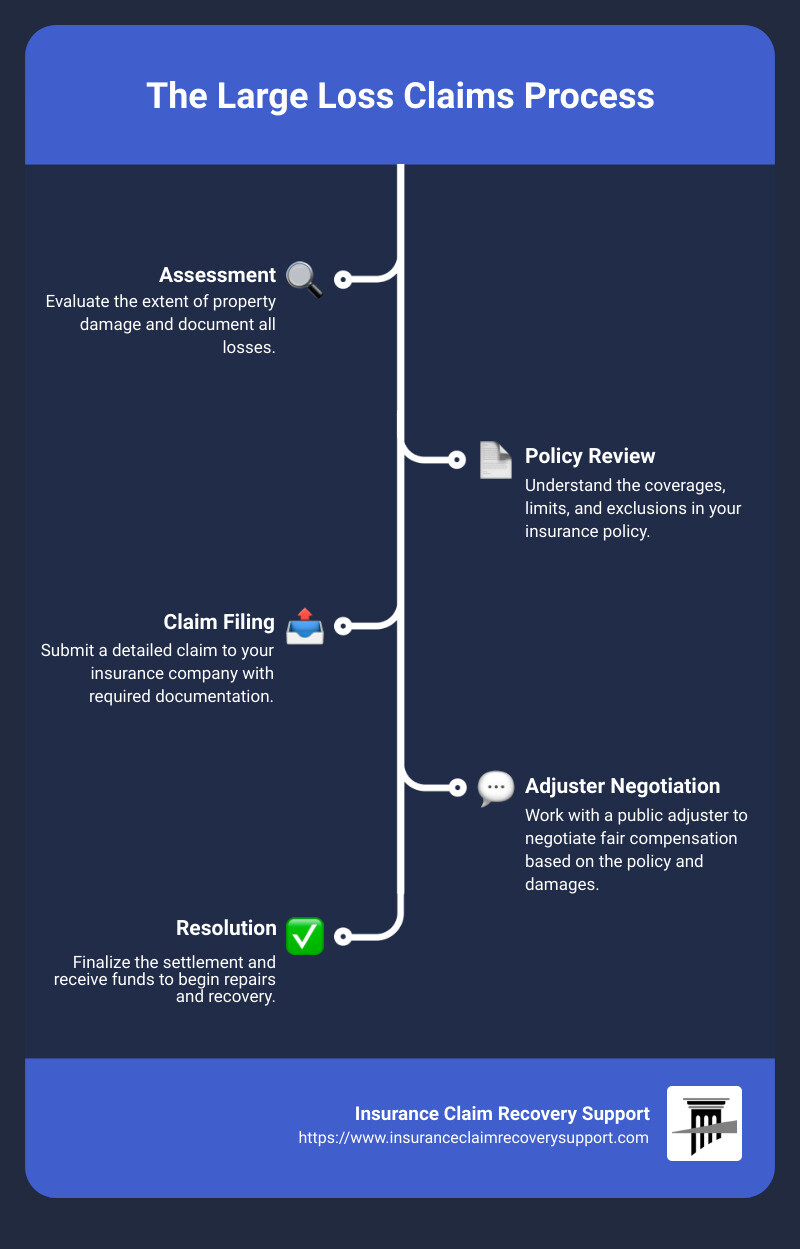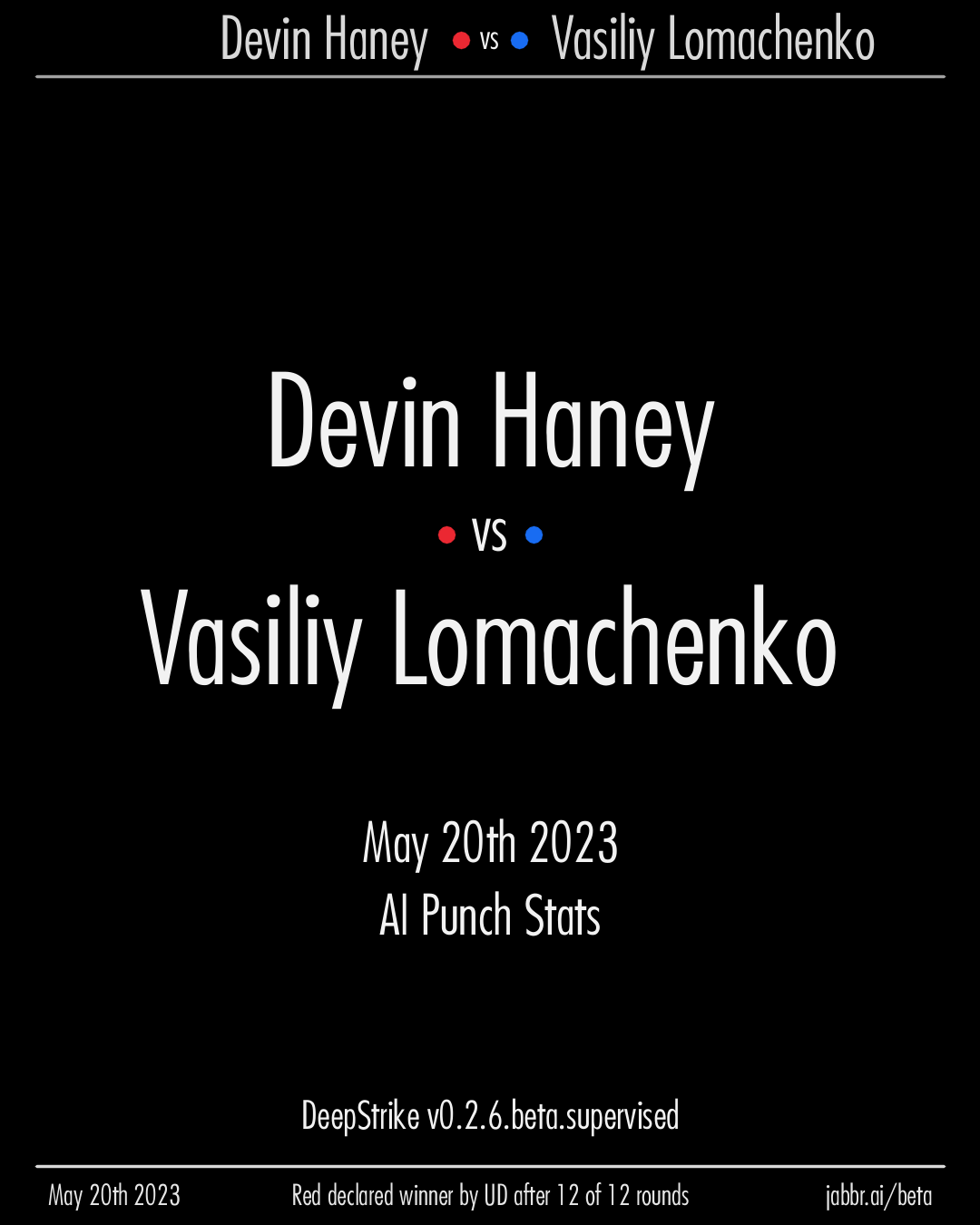My Journey Trying Out All the Lovász-Softmax Losses
Alright, let’s talk about that time I went down the rabbit hole with Lovász-Softmax losses. I remember hitting a bit of a wall with a tricky image segmentation project. My Intersection over Union (IoU) scores just weren’t climbing, no matter how much I tweaked the standard Cross-Entropy loss or even the Dice loss. The edges were messy, small objects got ignored, you know the drill.

So, I started digging around. Read some papers, scrolled through forums. Everyone seemed to be pointing towards Lovász-Softmax as this magic bullet for directly optimizing IoU, especially when your classes are unbalanced or the shapes are complex. Sounded exactly like what I needed. The promise was: stop optimizing proxy metrics, optimize the real metric.
Getting Started
First thing I did was hunt down some code. Found a couple of popular implementations floating around, you know, the ones usually linked in papers or found in established repositories. Grabbed the PyTorch versions as that’s what my pipeline was built on.
Getting it into my training script wasn’t too bad. Just had to swap out my old loss function call. Had to double-check the input requirements – needed logits, not probabilities, and the target masks had to be in the right format (class indices). A few small tweaks here and there, making sure tensor shapes matched up.
The “All” Part – Trying Different Flavors

Okay, maybe not literally all possible theoretical variations, but I tried to be thorough based on what people actually use. Here’s roughly what I experimented with:
- The Standard Multi-Class Lovász-Softmax: This was the main event. Plugged it in and kicked off the training.
- Ignoring Specific Classes: My dataset had a background class and maybe some ‘ignore’ regions. The loss function usually has a parameter for this, so I fiddled with that, telling it to ignore the background index during the IoU calculation.
- Combining with Cross-Entropy: Pure Lovász-Softmax can sometimes be a bit unstable, especially early in training. So, I tried combining them. Something like
loss = cross_entropy_loss + lovasz_loss. Played around with weighting them differently too, like maybe0.5 cross_entropy + 0.5 lovasz, or starting with more cross-entropy and gradually increasing the Lovász weight. - Trying Different Implementations: I’d found two or three slightly different code versions online. Figured it couldn’t hurt to try them all, just in case one had subtle optimizations or bug fixes the others didn’t. You never know.
Watching it Train
This was the interesting part. The loss curve looked… different. Not as smooth as Cross-Entropy sometimes. It felt like it was more directly grappling with the spatial errors. Validation IoU did start to creep up on some runs, which was encouraging.
However, it wasn’t all smooth sailing. Some observations:
- Slower Computation: This loss is definitely more computationally intensive than standard Cross-Entropy. My training epochs took noticeably longer. Had to factor that in.
- Learning Rate Sensitivity: It seemed a bit pickier about the learning rate. Too high, and things could go unstable fast. Had to use a smaller learning rate or implement a more careful learning rate schedule compared to my previous setup.
- Instability Issues: Especially when using Lovász loss alone from the start, the gradients sometimes felt a bit erratic early on. Combining it with Cross-Entropy definitely helped stabilize the initial training phase.
Troubleshooting and Head-Scratching

There were moments I wasn’t sure it was worth it. Some experiments just didn’t pan out. The combined loss sometimes didn’t beat plain Cross-Entropy by much, or the gains weren’t worth the extra training time. I spent a fair bit of time tweaking weights for the combined loss, looking at the segmentation masks produced after each epoch, trying to figure out why certain approaches weren’t giving me that big IoU boost I expected.
One implementation I tried actually seemed to have a small bug related to handling empty masks, took me a while to spot that. Always pays to check the code you grab online, even if it’s popular.
So, Where Did I End Up?
After all that experimentation, running jobs, checking logs, and staring at segmented images, I did find a setup that worked better for that specific project. For me, it was a combination: starting with Cross-Entropy for stability and then phasing in the Lovász-Softmax loss, eventually giving it a higher weight in the total loss calculation.
loss = 0.7 lovasz_loss + 0.3 cross_entropy_loss was roughly the sweet spot I landed on after the first few dozen epochs. It wasn’t the magic bullet I maybe hoped for initially, but it did give me a couple of extra IoU points compared to my baseline, especially on those tricky object boundaries. The final masks just looked qualitatively better.

Was it worth going through “all” of them? Yeah, I think so. It forced me to understand my evaluation metric better and how different losses interact with it. It wasn’t a simple drop-in replacement, it required patience and adjustment. But that process of trying, failing, tweaking, and observing – that’s how you really learn what works for your specific problem. It definitely added a useful tool to my toolbox, even if it’s not one I reach for every single time.





